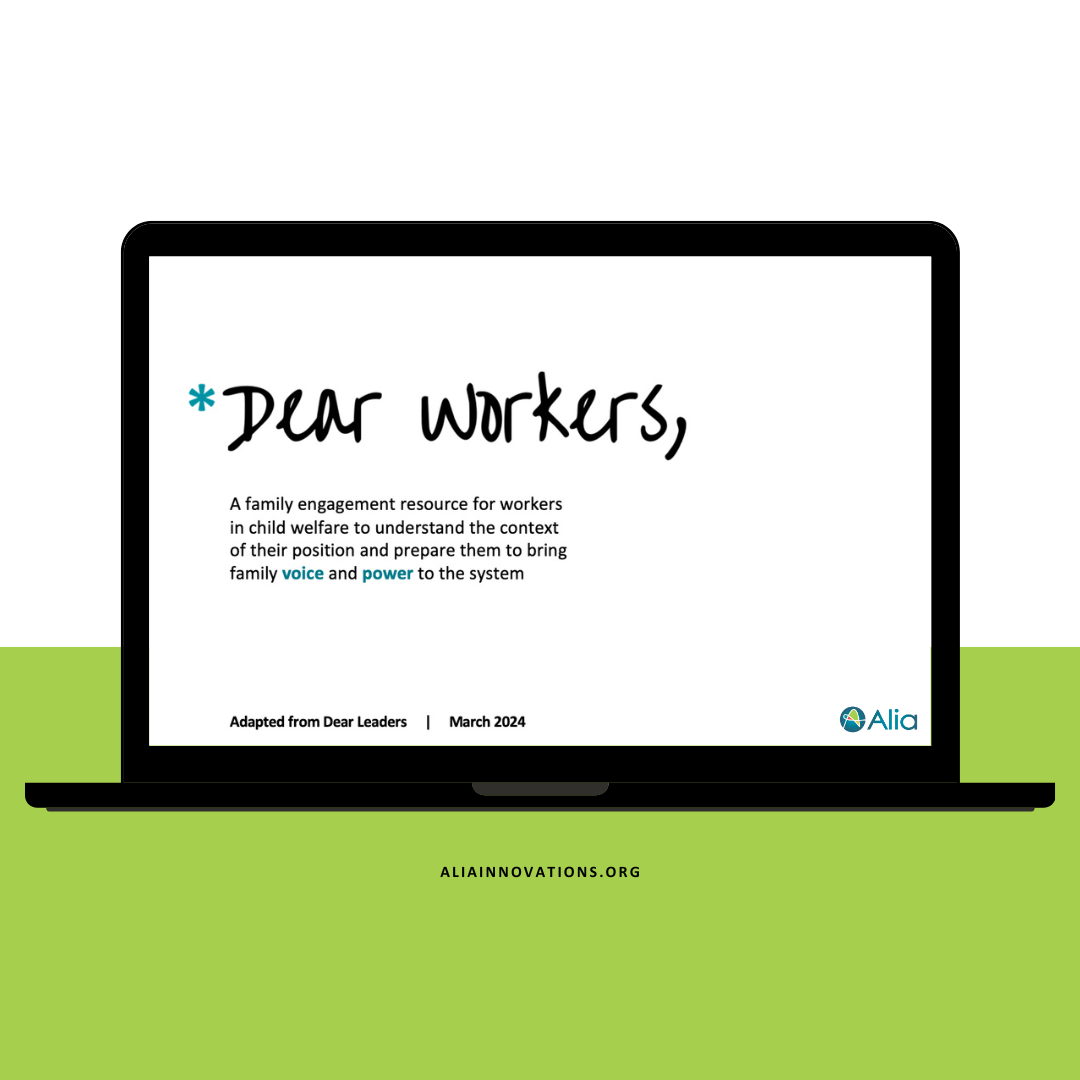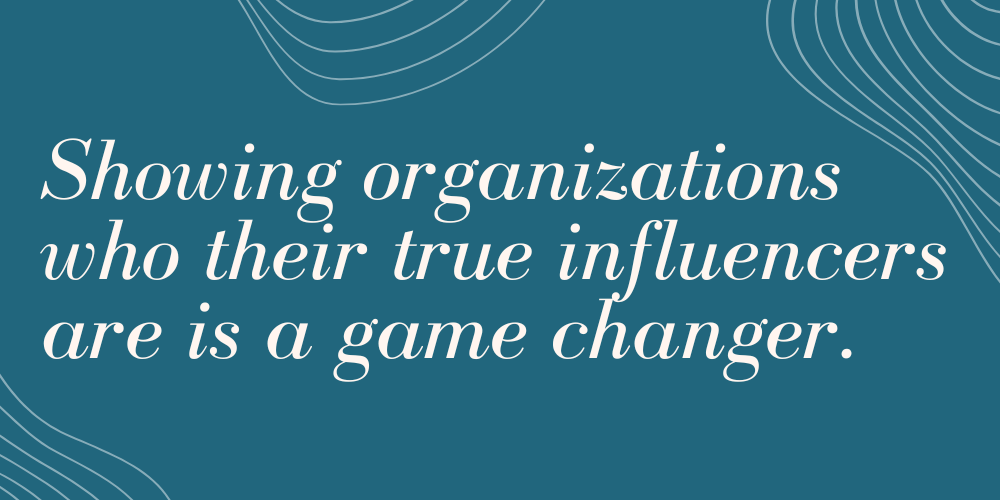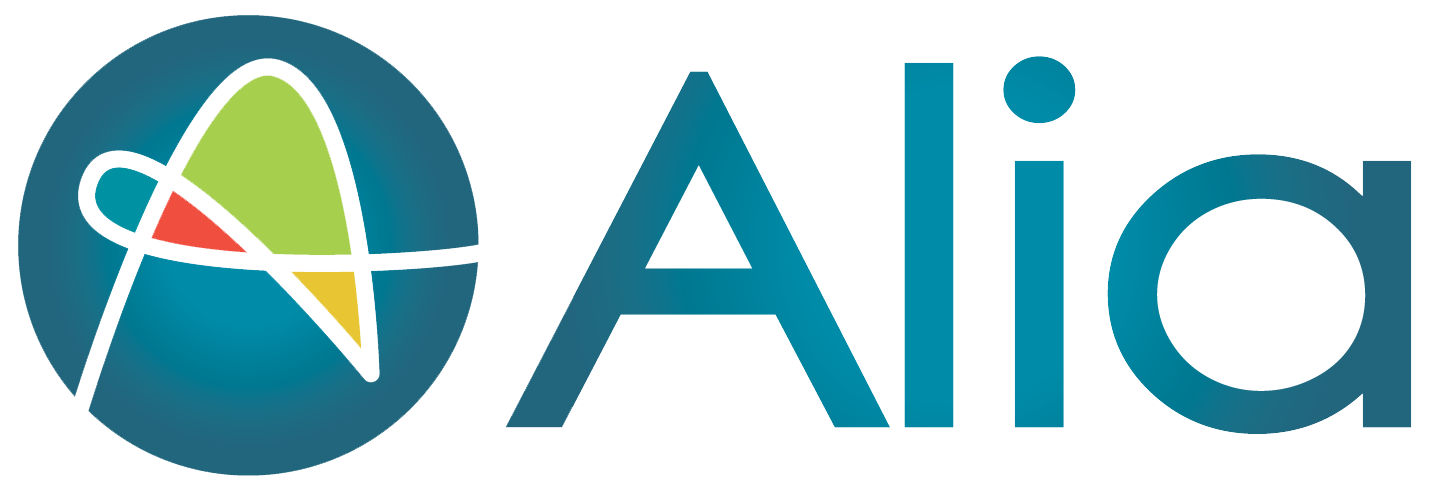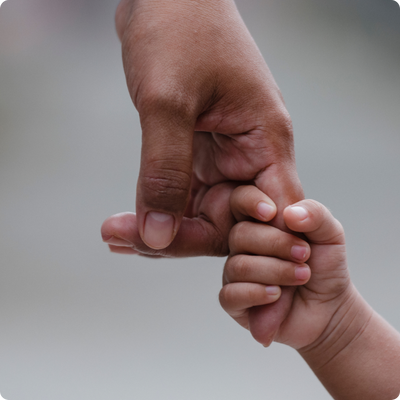Across the country, the child welfare system is under extraordinary pressure. Family stress is rising, the workforce is in crisis, funding policies are shifting away from prevention, and the needs of children and families continue to outpace the support they receive. Leaders are burning out. Families are breaking apart. And too often, the responses to this unraveling are more of the same—doubling down on the failed policies we know do not work and lead to increased child and family suffering.
But what if the system we’re working in wasn’t designed to heal in the first place? What if the pain we’re seeing—staff turnover, poor outcomes, racial disproportionality, and generational trauma—isn’t a sign that the system is broken, but a signal that it’s working to produce exactly the outcomes it was built to produce?
The modern child welfare system in the United States traces its roots to structures of surveillance and control. From early orphan trains that displaced immigrant children, to the violent assimilation of Native children through boarding schools, to present-day practices that too often conflate poverty with neglect—our system was built on flawed foundations. And we’ve spent decades trying to reform, revise, and rebrand something that was never truly designed to protect children in the first place.
It’s time to stop fixing a system that doesn’t need repairs—it needs to be “unsystemed.”
At Alia, we like to refer to this process as “hospicing the old system and midwifing the new.” It’s a phrase borrowed from the world of end-of-life care, used by thought leaders like Adrienne Maree Brown and Lynn Twist to describe what it means to honor what was, even as we allow something new to be born. It means grieving what’s not working while bravely imagining what could be.
We call this emerging model an UnSystem—a set of beliefs, structures, and practices co-designed with families, youth, and communities that centers healing, belonging, and support (rather than separation, punishment, and fear).
We know we’re not alone in this vision. Across the country, leaders are asking the same questions. They’re wondering what it would take to shift away from compliance and toward curiosity. From investigation to prevention. From surveillance to support. From control to community.
They’re asking what we must leave behind—and what we must build in its place.
To support these leaders, I launched a social media series through my LinkedIn page—“Reimagining Child Welfare: Building Systems That Heal”—in which we explored the essential shifts needed to move from systems that harm to systems that heal. The series has sparked meaningful dialogue and provided concrete, actionable questions leaders can ask today to guide change.
One of the biggest discoveries from these conversations has been the undeniable and unequivocal fact that the child welfare workforce is anything but “ok.” Every week, it seems another child welfare leader announces they’re stepping down—retiring, transitioning, or “starting something new.” While some of this turnover is expected, much of it reflects something deeper: exhaustion.
This generation of leaders has led through economic collapse, a global pandemic, political whiplash, national reckonings on race, and relentless public scrutiny. They’ve watched support for families shrink while stress soars. And they’ve seen firsthand what happens when we ask workers to carry impossible mandates without the tools or trust to do it well.
Many are leaving because they can no longer be complicit in a system that causes harm, even when they entered the field to help.
“Child protection workers are often blamed for outcomes they don’t control,” says Dr. Jessica Pryce, a leading researcher and former state child welfare director. “The conditions families face—poverty, housing instability, untreated trauma—aren’t solved by surveillance. They’re solved by support.”
But the system was never designed for support. So, it’s time we start asking different questions. One of the most important ones is perhaps, what does healing look like? If we started from scratch, how could we build a system rooted in healing as its ultimate goal?
It would start by asking what children truly need to thrive. Research from the CDC and the Harvard Center on the Developing Child shows that stable, loving relationships with family and community are among the most important predictors of healthy development. The Adverse Childhood Experiences (ACEs) study reminds us that trauma—including the trauma of family separation—is deeply predictive of long-term physical and mental health outcomes.
Yet our current system continues to rely on removal as a default intervention.
A healing-centered system would focus on building the conditions for families to stay safely together. That means addressing root causes—poverty, lack of child care, housing instability, mental health care—not just treating symptoms after crisis.
It also means expanding our definition of safety. Safety isn’t just the absence of bruises; it’s the presence of belonging. It’s co-regulation. It’s cultural identity. It’s knowing where you come from and who you belong to.
How Do We Shift Mindsets and Structures?
One of the most challenging truths about child welfare is that most people within the system are doing exactly what they were trained and incentivized to do. If we want different outcomes, we need different mindsets, yes—but we also need different structures.
That starts with leadership. Leaders who are proximate to communities. Leaders who build psychological safety within their teams. Leaders who are brave enough to question outdated policies and bold enough to design something new in partnership with families.
It also means using data differently. Not to assign blame, but to ask better questions. Why are families being reported? Who’s calling CPS? What services are missing? Where are the racial and geographic disparities? And what would change if families were part of answering those questions?
At Alia, we believe that the people closest to the problem are closest to the solution. That’s why our model of 2E Co-Design—Equitable and Ethical—prioritizes the lived expertise of impacted parents. Not as token advisors, but as co-creators of new ways of work.
As we say often: if families aren’t at the table, the table isn’t set.
So, what now?
The child welfare system as we know it may not survive the coming decades. And that’s not a bad thing. Systems are not sacred. They are human-made—and what is made can be unmade, reimagined, and redesigned.
Our job now is to go “all in.” To walk alongside the families, leaders, and communities who are already doing this work. To celebrate the bright spots. To hold space for the grief. To find pathways for reconciliation. To ask better questions. And to build systems that heal. No excuses. 100% commitment.
Child welfare needs to move from critique to creation. From systems that harm to systems that heal.
You and your teams may not feel ready, but I promise you...children and families are!
You May Also Like
These Related Stories

Resource Spotlight: Dear Workers

Child Welfare Can Halt Workforce Turnover with Resilience & Belonging
-2.png)


